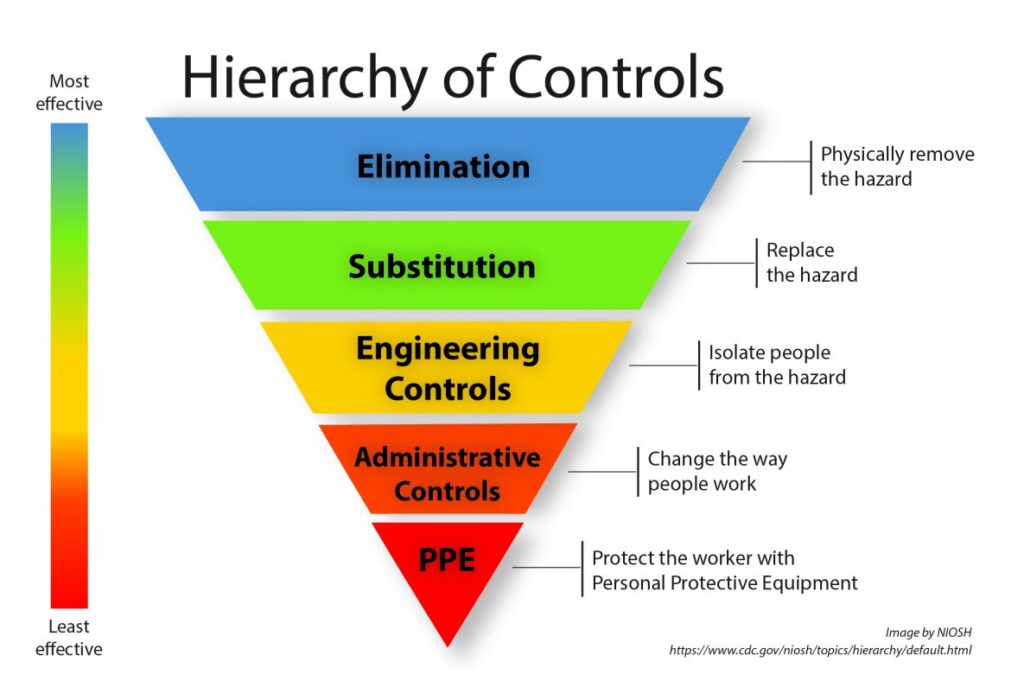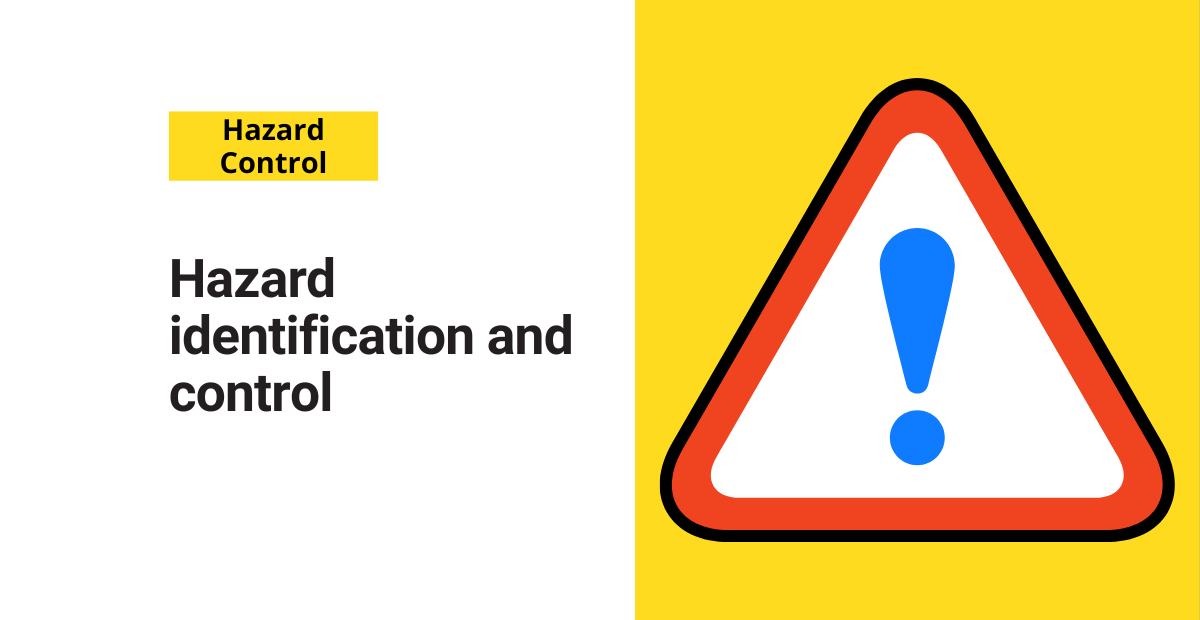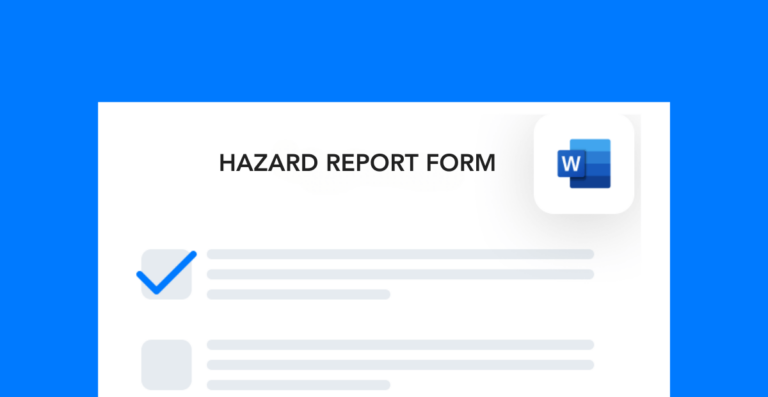Merriam-Webster defines hazards as “sources of danger,” and employers must be able to identify them to reduce the risk of injuries and fatalities. They do this by implementing control measures that either minimize the dangers or eliminate them altogether.
Oftentimes, the process of hazard identification can be overwhelming and difficult but there are certain steps that you can take to simplify the process. Let’s break down each of the steps.
Hazard identification
Some hazards, such as water on the floor, are easy to identify. However, others aren’t always so obvious. You can break hazards down into different categories to make it easier to address them. Some examples of categories you might use include:
- Biological
- Physical
- Security
- Chemical
- Psychological
- Ergonomic
OSHA has several tools available on their websites for employers to use. You can narrow your search down by looking for hazards specifically related to the industry you are in.
Another great source of information regarding hazards in your specific work environment is your employees. It’s always a good idea to ask the people working in your operation what hazards they encounter.
Risk assessment
Compiling a list of hazards in the workplace is just the first step. It can often be overwhelming to look at a giant list of hazards and wonder where to start.
The best way to do that is to evaluate each hazard individually. You want to look at both frequency and severity when completing the hazard evaluation.
As an employer, you should be asking yourself things like “how likely is it that a particular hazard will actually cause an injury and, if it does cause an injury, then how severe is that injury likely to be?”
Control selection
Once you identify the hazards and determine which hazards pose the greatest danger to your team, your next step should be deciding how to eliminate or reduce the hazard. To do that, follow the hierarchy of controls:
Evaluate each hazard and see if you can eliminate it. If not, substitute it, and so on and so forth.
Here is an example of how you might follow the hierarchy for a noise hazard coming from machinery equipment.
Elimination: Remove the machinery from use.
Substitution: Change out the machine for one that makes less noise.
Engineering: Build a wall with insultation between the machinery and your employees.
Administrative: Rotate workers so that no one spends too much time next to the machine.
PPE: Provide hearing protection for your workers.

Control implementation
Once you determine the controls that you’ll use, it’s time to implement them. While hazard elimination is often the safest way to protect your team, it’s not usually possible to eliminate hazards completely.
Make sure that the controls you implement will not pose an even greater hazard to employees. The way to do that is to re-evaluate and start the process of hazard identification all over again once the controls have been implemented.




